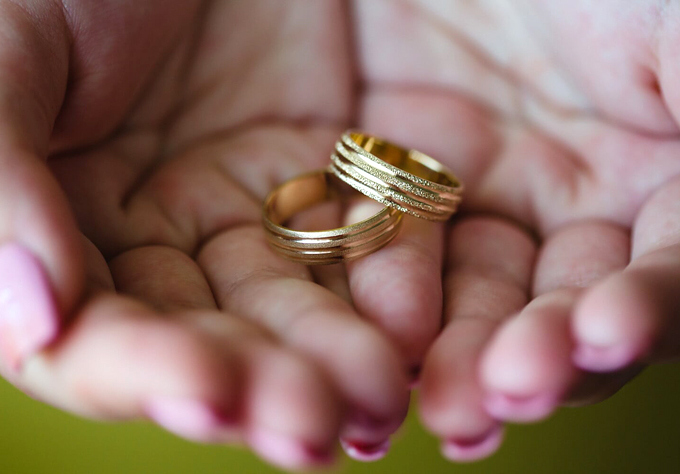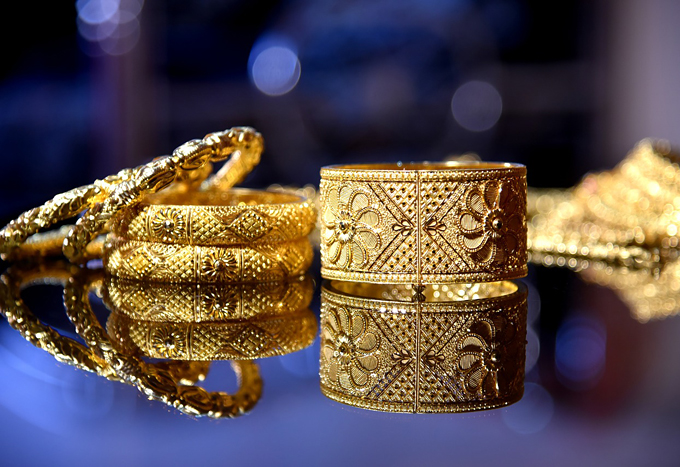words Al Woods
They say diamonds are a girl’s best friend, but gold has become the supreme sign of grace and sophistication for years for men and women alike.
Therefore, it is important to be conscious of the different terms widely used when buying gold jewelry. In naming gold jewelry items, the most common words used are solid gold, gold-filled, and gold plated. The most costly and the best in consistency and purity is solid gold. Gold is therefore graded as it offers a cheaper but yet desirable substitute to solid gold. But considerably cheaper than solid gold, gold plated renders jewelry that seems to be more affordable and available to the greater public for premium gold.
Have you ever bought a piece of jewelry “gold” only to have it transform on you in color, chip or peel? You may also have acquired this object at a shopping institution from where you did not anticipate it. This jewelry was most possibly gold-plated. Since it’s inexpensive to make, most gold-tone jewelry sold is plated.
So basically, what is the stark difference between gold filled vs gold plated? We are going to discuss that below in detail.

There is a major difference between “gold filled” and “gold plated.”
Gold filled:
A gold-filled item is a more inexpensive choice than solid gold when buying jewelry, although also stunning. Through pressure attaching an individual layer of gold to another metal, jewelers make gold-filled jewelry. While a gold-filled piece of jewelry is not solid gold, it has the same attractive properties and solid gold appearance.
It will not tarnish and colors will not rub off or turn. Wearers who are susceptible to such metals will wear gold filled without allergic reaction problems. Since the gold coating of gold-filled items differs based on the maker, it is considerably thicker in both situations than standard gold plating (the next gold jewelry category). Gold-filled watches may be worn even daily.

Gold Plated:
To produce gold-plated jewelry, a base metal such as brass or copper is used. A nickel sheet is attached to act as a “buffer” between the gold plating and the metal base until the base metal is rinsed, polished, and molded. Electroplating is used in the last step to deliver the nickel-plated base into a gold plating tank.
However, the plating does not make up any quantifiable percentage of the actual weight of the jewelry. In particular, the total volume of gold a plated piece generally has is less than 0.05 percent of the product’s overall weight. Gold plating usually falls off easily in terms of longevity and does not withstand wear, humidity, or heat over time.
How do I choose?
We are considering the following variables when debating whether to purchase gold-plated or gold-filled jewels.
Tarnishing:
- Gold plated jewelry may tend to tarnish until the base metal is revealed due to the thin layer of gold that flakes off after a while. On the other hand, gold-filled jewelry can only tarnish in special conditions. Plain gold items barely tarnish, and although they are an alloy, the thick layer of gold-filled jewelry protects against tarnishing. We suggest that wearers clean gold fill.
- Gold-filled jewelry is better used when quality and reliability are a requirement. Because the item is intended to last decades, presents for anniversaries, birthdays, and other similar occasions are far more meaningful. For such ‘new’ trends, gold-plated jewelry is perfect. This way, you can be a part of the trend without needing to think over whether it was worth your expenditure on a more expensive piece.
Bottom-line:
It’s time to visit a brick-and-mortar or online shop now that you recognize the difference between gold-plated and gold-filled jewelry. But before you do, remember the reason with which you want to purchase the jewelry.









